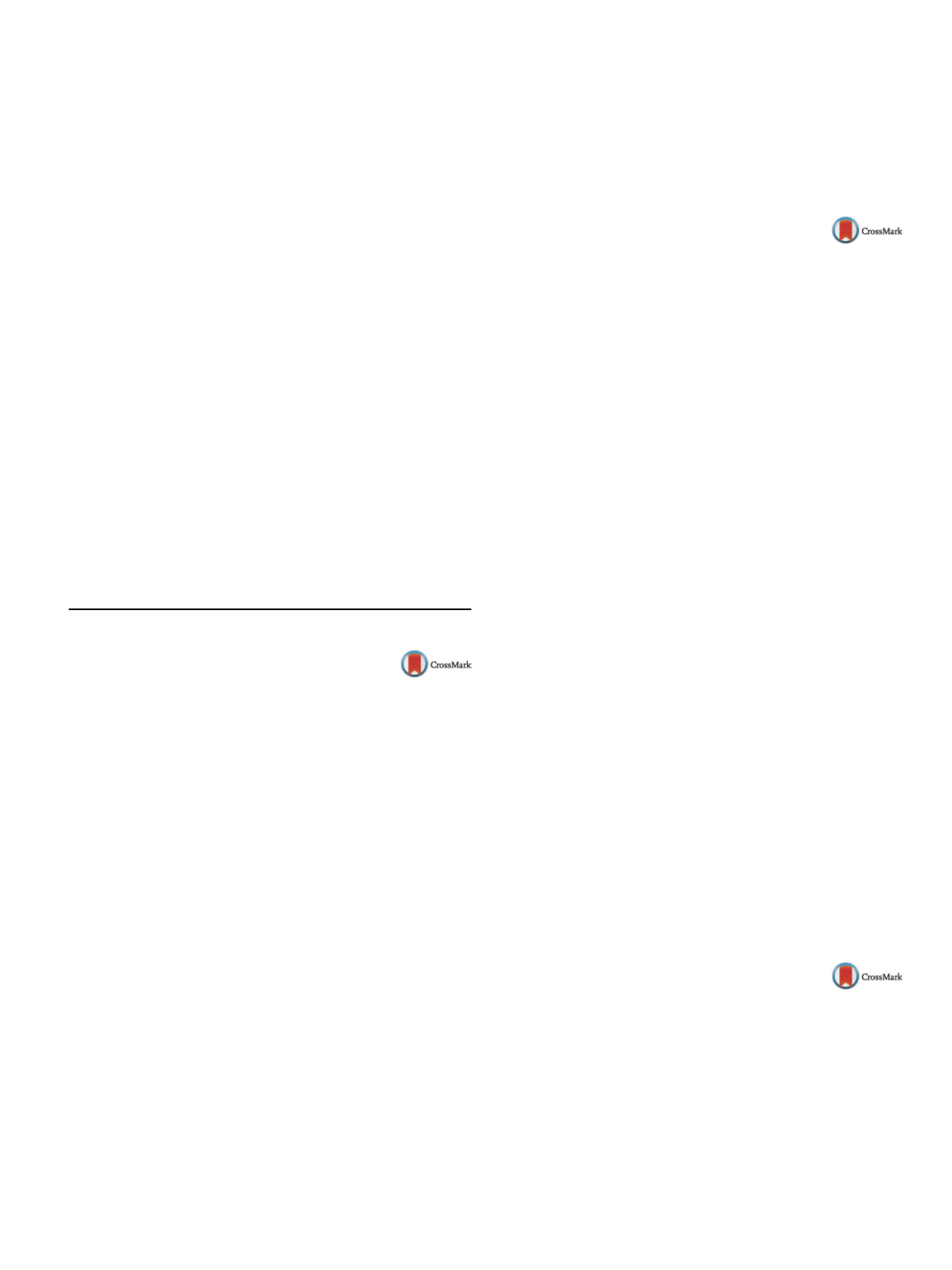

25th European Congress of Psychiatry / European Psychiatry 41S (2017) S8–S52
S13
More precisely, the mission of the EPA guidance is defined as ‘to
improve quality of mental health care in Europe by disseminat-
ing written information based on best evidence and psychiatric
practice, to facilitate countries learning from each other’.
In consonance with this need of a wider multinational perspective
of Europeanpsychiatry, EPAadopted in2012 through a deep change
of its statutes a new membership structure that allows National
Psychiatric Societies/Associations (NPAs) in Europe the possibil-
ity to become full members of EPA. Up to 40 NPAs corresponding
to 37 countries and representing over 80.000 psychiatrists have
responded positively to the offer and are now part of the Council of
National Psychiatric Societies, the body within EPA that integrates
them.
The Council of NPAs has become, in this way, a forum for its mem-
bers to meet, discuss and work on issues concerning European
psychiatry. One of the major issues is about the implementation
of European guidance in mental health policy, teaching and learn-
ing psychiatry, best clinical practice in different areas, and quality
indicators. This presentation provides further details on how par-
ticipating societies could put these policies and recommendations
into practice.
Disclosure of interest
The author has not supplied his declaration
of competing interest.
http://dx.doi.org/10.1016/j.eurpsy.2017.01.090Symposium: The natural history of bipolar
disorders: from the age of onset to the long-term
course
S017
How long is the interval between the
onset and the initial management of
bipolar disorder? A meta-analysis
G. De Girolamo
1 ,∗
, G. Signorini
2 , J. Dagani
2 , F. Faustini
21
Saint John of God Clinical Research Center, Psychiatric Epidemiology
and Evaluation Unit, Brescia, Italy
2
IRCCS St John of God Clinical Research Centre, UOPEV, Brescia, Italy
Objective
To evaluate the length of the interval between the onset
and the initial management of bipolar disorder (BD).
Method
We conducted a meta-analysis using the preferred
reporting items for systematic reviews and meta-analyses guide-
lines. Systematic searches located studies reporting estimates
of the age of onset (AOO) and indicators of the age at initial
management of BD. We calculated a pooled estimate of the inter-
val between AOO and age at management. Factors influencing
between-study heterogeneity were investigated using sensitivity
analyses, meta-regression, and multiple meta–regression.
Results
Twenty-seven studies, reporting 51 samples and a total
of 9415 patients, met the inclusion criteria. The pooled estimate
for the interval between the onset of BD and its management was
5–8 years (standardized difference, .53; 95% confidence interval, .45
to .62). There was very high between-sample heterogeneity (I2 ¼
92.6; Q ¼ 672). A longer interval was found in studies that defined
the onset according to the first episode (compared to onset of symp-
toms or illness) and definedmanagement as age at diagnosis (rather
than first treatment or first hospitalization). A longer interval was
reported among more recently published studies, among studies
that used a systematic method to establish the chronology of ill-
ness, among studies with a smaller proportion of bipolar I patients,
and among studies with an earlier mean AOO.
Conclusions
There is currently little consistency in the way
researchers report the AOO and initial management of BD.
However, the large interval between onset and management of BD
presents an opportunity for earlier intervention.
Disclosure of interest
The authors have not supplied their decla-
ration of competing interest.
http://dx.doi.org/10.1016/j.eurpsy.2017.01.091S018
Cognitive impairment in bipolar:
Neurodevelopmental or
neuroprogressive?
A. Young
Institute of Psychiatry, Psychology and Ne, London, United Kingdom
Background
Bipolar Disorders (BD) are common and complex
diseases. Recent findings have provided evidence that impairments
in cognition are evident in the various sub-groups of Bipolar Disor-
der and persist after resolution of acute episodes.
Method
An opinion paper based on a narrative review of the
field.
Results
Quantifiable cognitive deficits are clearly found in Bipolar
1 and Bipolar 2 Disorders. These persist after recovery from acute
episodes. The aetiopathogenesis of these phenomena is likely to
be multifactorial. It seems clear that these cognitive impairments
are not in general neurodevelopmental and for most are related
to repeated episodes of illness
[1] .However, the issues of sub-
groupswith differential profiles of impairment and the trajectory of
cognitive change remain to be fully established. The effects of puta-
tive treatments (e.g., pharmacological, neurostimulation, cognitive
remediation) are at an early stage of evaluation.
Conclusions
Future efforts should focus on further integrating
the current and emerging research findings into a coherent model,
which generates testable hypotheses and allows treatment effects
to be tested.
Disclosure of interest
Employed by King’s College London Hon-
orary Consultant SLaM (NHS UK)
Paid lectures and advisory boards for all major pharmaceutical
companies with drugs used in affective and related disorders
No share holdings in pharmaceutical companies
Lead Investigator for Embolden Study (AZ), BCI Neuroplasticity
study and Aripiprazole Mania Study
Investigator initiated studies from AZ, Eli Lilly, Lundbeck, Wyeth
Grant funding (past and present): NIMH (USA) CIHR (Canada)
NARSAD (USA) Stanley Medical Research Institute (USA) MRC (UK)
Wellcome Trust (UK) Royal College of Physicians (Edin) BMA (UK)
UBC-VGH Foundation (Canada) WEDC (Canada) CCS Depression
Research Fund (Canada) MSFHR (Canada) NIHR (UK).
Reference
[1] Lewandowski KE, Cohen BM, Ongur D. Evolution of neuropsy-
chological dysfunction during the course of schizophrenia and
bipolar disorder. Psychol Med 2011;41(2):225–41.
http://dx.doi.org/10.1016/j.eurpsy.2017.01.092S019
Impact of age at onset on the
long-term course of bipolar disorder
R. Kupka
VU University Medical Center, psychiatry, Amsterdam, The
Netherlands
Introduction
Bipolar disorder (BD) typically starts in adolescence
or young adulthood (early-onset; EO-BD), whichmay have different
backgrounds and consequences than late-onset (LO) BD. There are
controversies over pre-pubertal age of onset (AoO).
Objectives
To give an overview of the various concepts of AoO in
BD, the impact of AoO on subsequent illness course, and findings of
the Stanley Foundation Bipolar Network (SFBN) with relationship
to AoO.


















